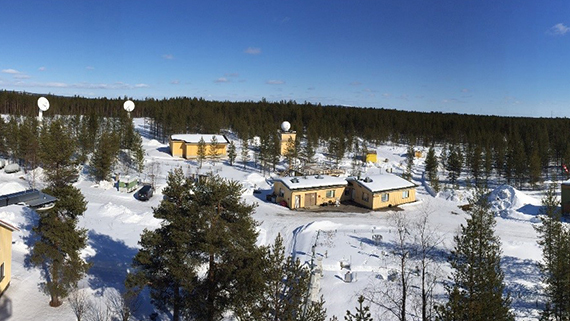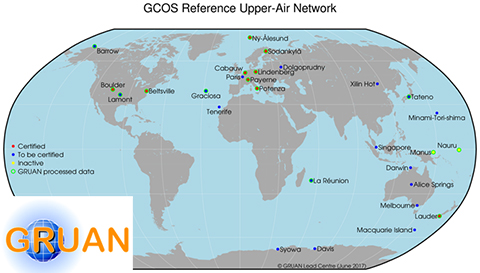Upper air measurements are receiving increasing attention among the climate scientists

During the recent years it has been increasingly realized that understanding our changing climate, and the underlying causes of these changes, requires an understanding not just of changes at the surface of the Earth but throughout the atmospheric column. Furthermore, high-quality measurements are needed to separate the climate change signal from natural variability.
It has been generally accepted that in order to understand the changing climate system, it is necessary to observe over many decades the system in a manner that creates reliable long-term records. This requires careful attention be paid to creating long-term series that are traceable to international measurement standards, well understood, and well managed. If such series can be achieved at a representative set of sites around the globe then we can use these records to understand remaining observations including those from satellites, and be confident in how the climate system evolves during the 21st Century and beyond.
Under the auspices of the Global Climate Observing System, an international group of climate scientists started a new activity a decade ago to instigate and maintain just such a network of measurements – the GCOS Reference Upper Air Network (GRUAN). The goal of GRUAN has been to instigate long-term high-quality measurements of key atmospheric parameters such as water vapour and temperature in the upper atmosphere, with the aim of expanding to further variables.
Some of the essential climate variables are technically very difficult to measure accurately, for example due to very low concentrations of water vapour in the upper troposphere and lower stratosphere. It is therefore important to involve measurements from high quality stations. Yet, it is the water vapour in this region that is key to understanding questions around climate system feedbacks and hence climate system sensitivity to ongoing human emissions of heat-trapping gases.
The GRUAN network currently consists of around 25 stations. However, the network is expanding. The coordination of network activities involves annual conferences. Such a conference is organized for the first time at the FMI, Helsinki in 12-16 June 2017. The meeting will have a special focus upon Arctic region activities.

FMI is a founding member in GRUAN. The GRUAN Meeting in Helsinki shall also discuss numerous other aspects of GRUAN operations, including change management, new data streams from remote sensing techniques and new innovations such as AirCore measurements.
More information:
Senior researcher Rigel Kivi, tel. +358 29 539 2728, rigel.kivi@fmi.fi
Researchprofessor Jouni Pulliainen, tel. +358 29 539 4701, jouni.pulliainen@fmi.fi
Professor Peter Thorne, Co-Chair, GCOS Working Group on the GCOS Reference Upper Air Network
